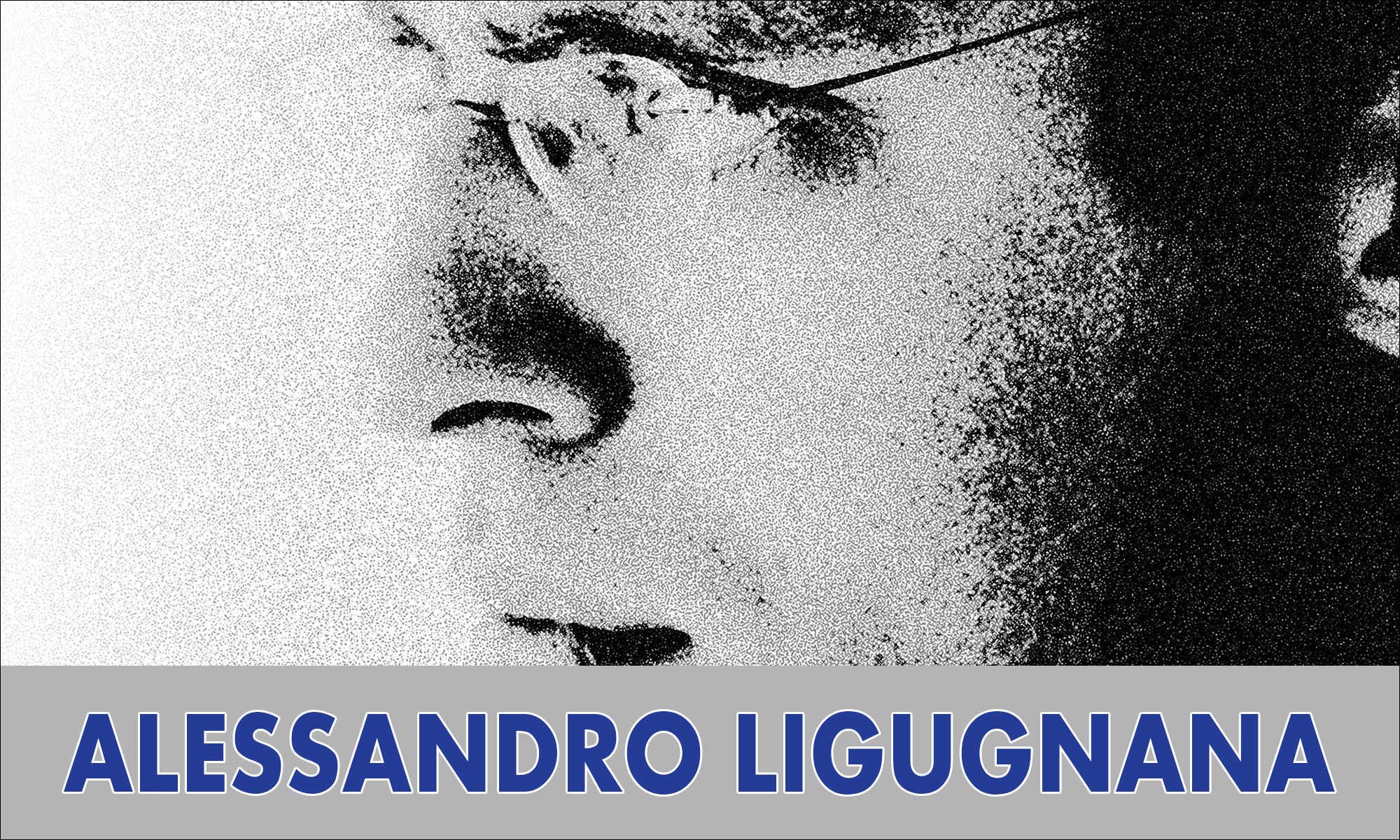WOMAN IN SCIENCE Hypatia of Alexandria (Born between 350 and 370; died 415)
Hypatia of Alexandria (Born between 350 and 370; died 415)
She was a Greek scholar from Alexandria in Egypt, considered the first notable woman in mathematics, who also taught philosophy and astronomy. She lived in Roman Egypt, and was killed by a Christian mob who falsely blamed her for religious turmoil A Neoplatonist philosopher, she belonged to the mathematical tradition of the Academy of Athens She followed the school of the 3rd century thinker Plotinus, discouraging empirical enquiry and encouraging logical and mathematical studies. The name Hypatia derives from the adjective ὑπάτη, the feminine form of ὕπατος (upatos), meaning “highest, uppermost, supremest”.
Hypatia was the daughter of Theon, who was her teacher and the last known mathematician associated with the Museum of Alexandria. She traveled to both Athens and Italy to study, before becoming head of the Platonist school at Alexandria in approximately 400. According to the 10th century Byzantine encyclopedia the Suda, she worked as teacher of philosophy, teaching the works of Plato and Aristotle. It is believed that there were both Christians and foreignersamong her students.
Many of the works commonly attributed to Hypatia are believed to have been collaborative works with her father, Theon Alexandricus; this kind of authorial uncertainty being typical for the situation of feminine philosophy in Antiquity.
Her contributions to science are reputed to include the charting of celestial bodies and the invention of the hydrometer used to determine the relative density and gravity of liquids.
Her pupil Synesius, bishop of Cyrene, wrote a letter defending her as the inventor of the astrolabe, although earlier astrolabes predate Hypatia’s model by at least a century – and her father had gained fame for his treatise on the subject.

















